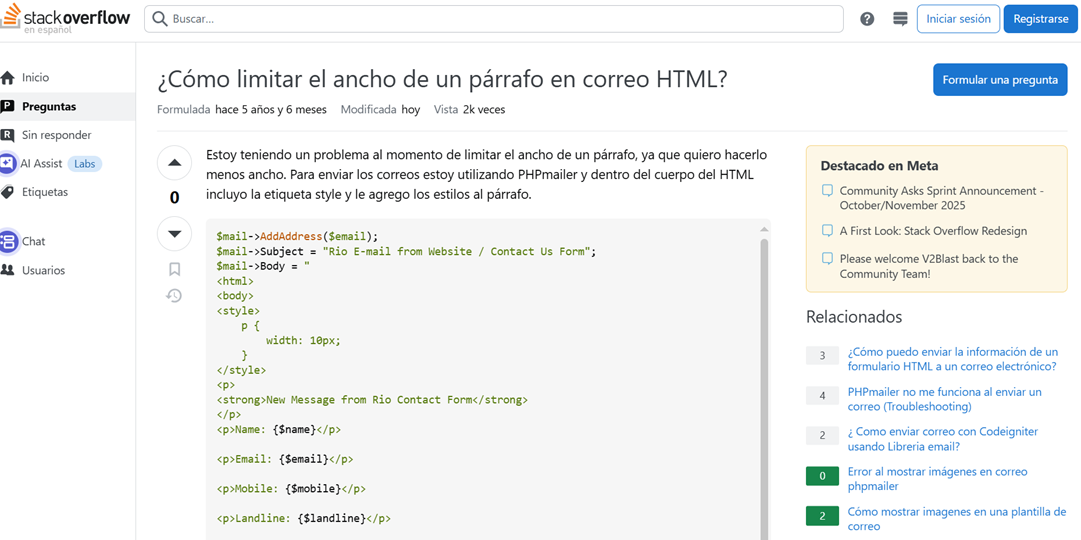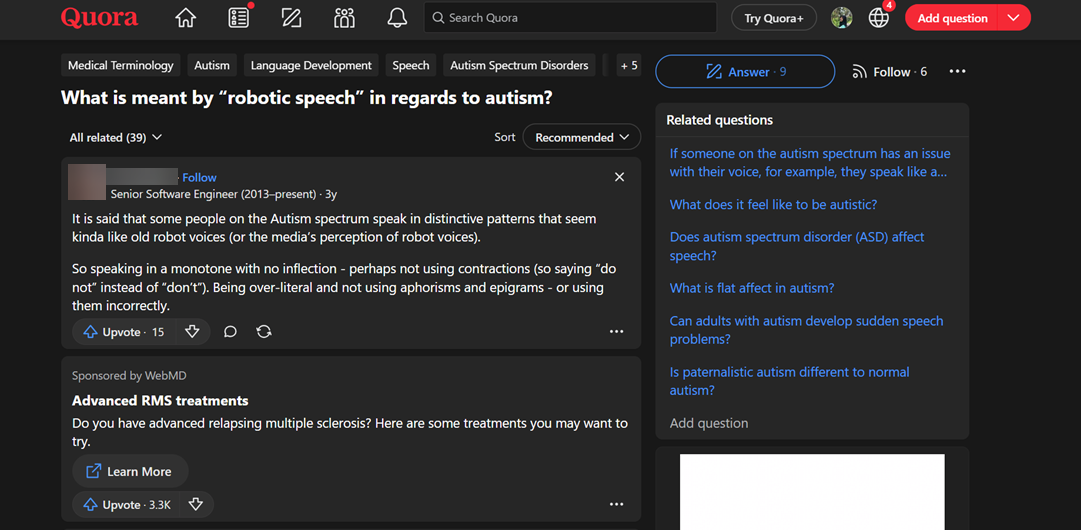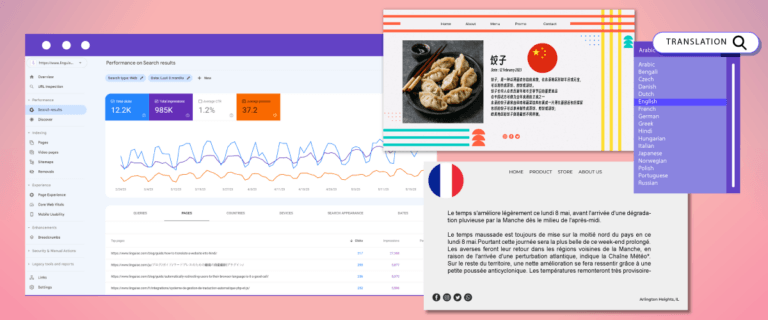User-generated content (UGC), such as comments, forums, and blog discussions, has become a central part of online interaction. However, translating this content into multiple languages often presents significant challenges, especially for growing communities. The high volume of content, language variability, use of slang, and local context make the translation process complex and time-consuming.
Although it may seem daunting, some strategies help content managers translate UGC effectively without overloading the budget. This article will explore practical steps for translating community content, managing multilingual moderation, and maintaining cross-language user engagement in an innovative and budget-conscious way.
Challenges in translating user-generated content

Translating user-generated content presents unique difficulties compared to standard content. The unpredictable nature of community discussions, combined with the diversity of users, makes maintaining quality and accuracy a constant challenge.
High volume and language variability
UGC is often produced in large quantities, especially in active forums or blogs with global audiences. The sheer volume of posts, comments, and threads can overwhelm translation workflows. Additionally, users may write in multiple languages or mix languages within a single post, making consistent and timely translation difficult. This variability increases the complexity of managing translations at scale.
Managing such high-volume content requires tools and strategies that can automatically detect priority threads or filter low-value posts. Without these systems, translation teams can quickly become backlogged, and critical discussions may go untranslated, affecting user experience and engagement.
Example of a localized Stack Overflow discussion in Spanish. Such language variations across global communities add complexity to maintaining consistent translation workflows.

Informal style, slang, and local context

Unlike formal content, UGC frequently uses slang, idioms, abbreviations, and culturally specific references. Translating these elements literally can lead to misunderstandings or loss of meaning. Maintaining the original tone and intent while adapting to another language requires careful handling and often human intervention, which can slow down the process.
Moreover, local context can differ widely even within the same language. A phrase or joke that resonates in one region might confuse users in another, making it essential for translators or moderation tools to consider cultural nuances alongside linguistic accuracy.
Example of informal language on Quora, where users often use slang like “kinda” instead of “kind of.” Such variations show how informal tone and casual expressions can make translation more challenging. They highlight how automated systems might misinterpret or mistranslate casual speech, emphasizing the need for context-aware translation models or human post-editing to preserve meaning and tone.

Real-time speed and accuracy demands
Users expect discussions to remain dynamic and responsive, which puts pressure on translation systems to deliver quickly. Delays or inaccurate translations can disrupt the flow of conversation, reduce engagement, and even lead to miscommunication. Balancing speed with accuracy is particularly challenging in fast-moving online communities where interactions are continuous.
In practice, achieving this balance often requires a combination of automation for speed and human review for accuracy. Without such a hybrid approach, communities risk alienating members due to slow updates or incorrect translations, which can negatively impact overall engagement and trust.
Strategies for translating user-generated content

Translating user-generated content efficiently requires a combination of smart prioritization, flexible models, and user-centered features. Not all posts need the same level of attention, and leveraging technology wisely can save time and costs while keeping quality high.
Not all content requires full translation
Not every comment or post has the same importance or reach. Focusing translation efforts on high-impact threads, trending discussions, or posts that attract significant engagement ensures resources are used effectively. Low-priority or redundant content can remain untranslated without affecting overall community experience.
This selective approach also helps reduce workload for moderators and translators, allowing them to concentrate on content that truly matters. By prioritizing what gets translated, communities can maintain engagement while keeping translation costs under control.
Tiered translation models

A tiered translation model applies different levels of translation depending on content importance. For example, critical posts or official announcements may receive full human translation, while routine comments can be handled through machine translation with light human review.
This system balances cost and quality, ensuring sensitive or high-value content is accurate, while routine content is processed efficiently. Over time, a tiered approach also helps teams allocate resources dynamically based on community activity.
User-triggered translation features
Allowing users to trigger translations themselves offers flexibility and reduces unnecessary workload. With features like “Translate this comment” buttons, users can choose which posts they want in their language, giving them control over their experience.
This method also helps manage costs because only requested content consumes translation resources. Additionally, user-triggered translation fosters engagement by making users active participants in the multilingual community experience.
Scalable technologies to support UGC translation

Handling large volumes of user-generated content efficiently requires scalable tools and automated systems. By combining machine translation, AI filters, and flexible APIs, communities can keep translation workflows smooth without overloading resources.
Machine translation integration with automation

Machine translation can serve as the first layer for processing high volumes of content quickly. Tools like Linguise integrate seamlessly with websites and forums, providing automated translation while maintaining consistent quality. By pairing MT with automation, posts, comments, and discussions can be translated in real-time, freeing human translators to focus on high-priority content.
This approach allows communities to scale without compromising speed. Automation can handle repetitive or routine translations, while critical or culturally sensitive content is flagged for review, ensuring both efficiency and accuracy.
AI-based filtering for spam and low-value content
Not all content requires translation, and filtering out spam or low-value posts helps reduce unnecessary workload. AI-based filters can automatically detect repetitive, irrelevant, or inappropriate content before translation, saving both time and cost.
By removing low-priority content early, translation resources are focused where they have the most impact. This ensures that the community experience remains smooth and meaningful, with relevant discussions accurately translated.
Batch & on-demand translation APIs
APIs that support batch and on-demand translation provide flexibility for different workflows. Batch processing is useful for translating large volumes of archived content or scheduled posts, while on-demand APIs allow real-time translation of user-selected posts.
This combination ensures communities can manage translations efficiently, adjusting resources according to need. It also supports dynamic interaction, as users receive translations promptly without overloading translation systems or budgets.
Efficient multilingual moderation in online communities

Moderating multilingual communities requires strategies that balance automation, human oversight, and clear rules. Effective moderation ensures that discussions remain safe, relevant, and engaging across all languages.
AI-assisted detection and flagging
Using AI tools can automatically detect inappropriate content, spam, or potentially harmful posts across multiple languages. For example, a forum could use AI to flag offensive comments in Polish or Ukrainian before they are visible to the wider community.
This reduces the workload for human moderators and ensures that violations are addressed quickly. In a blog comment section, AI-assisted detection helps maintain a healthy discussion environment without slowing down the flow of conversation.
Bilingual/regional moderators

Assigning moderators who are fluent in the community’s languages ensures culturally and linguistically accurate moderation. For instance, a Ukrainian-speaking moderator can handle nuanced discussions that an automated system might misinterpret.
Bilingual moderators can also engage with users directly, clarify misunderstandings, and maintain trust within the community. This approach is particularly effective for forums with regional variations in language or culture.
Community reporting & escalation
Allowing users to report inappropriate content empowers the community to self-regulate. For example, a multilingual blog platform could provide a “Report Comment” button that triggers review by moderators if multiple reports are received.
An escalation system ensures that urgent cases, such as harassment or misinformation, are prioritized. This combination of user input and structured moderation enhances safety and engagement across languages.
Language-specific guidelines
Clear, language-specific rules help users understand acceptable behavior and content standards. For example, a forum could maintain separate guidelines for Polish and Ukrainian threads, specifying tone, prohibited terms, and citation standards.
These guidelines provide a reference for both moderators and users, reducing conflicts and misunderstandings. They also support consistent moderation practices across different languages, which is essential for maintaining a cohesive community.
Sustaining community engagement across languages

Maintaining active engagement in multilingual communities requires strategies that make users feel included and heard, regardless of their language. By integrating user-centered features and thoughtful structure, forums and blogs can foster cross-language interaction effectively.
User feedback & translation suggestions
Allowing users to provide feedback on translations or suggest improvements helps improve accuracy and relevance. For example, a blog could include a “Suggest a Better Translation” option for comments, enabling readers to contribute directly.
This approach not only enhances translation quality but also strengthens community involvement. Users feel valued when their input shapes content accessibility, which encourages continued participation across languages.
Cross-language comment interaction features

Features that allow users to interact with posts in different languages, such as auto-translated replies or language filters, support seamless communication. In a forum, users can read translated threads or respond in their preferred language while maintaining the conversation’s flow.
These tools reduce language barriers and foster meaningful dialogue. By enabling cross-language engagement, communities ensure that discussions remain inclusive and dynamic, rather than fragmenting participants by language.
Localized thread segmentation & participation
Organizing discussions into language-specific or region-specific threads helps users find content that is relevant and understandable. For instance, a forum could have separate sections for Polish and Ukrainian discussions while still linking broader topics across languages.
Localized segmentation encourages participation by giving users a comfortable space to engage, while moderators can manage content more efficiently. It also allows community managers to tailor announcements, polls, and events to specific language groups without excluding anyone.
Conclusion
Translating and moderating user-generated content in multilingual forums and blogs is a complex but manageable task. By combining smart prioritization, tiered translation models, scalable technologies, and multilingual moderation strategies, communities can maintain quality, accuracy, and engagement without overspending. Encouraging user participation and providing tools for cross-language interaction further strengthens the sense of inclusion and fosters vibrant discussions across languages.
For communities looking to implement these strategies efficiently, tools like Linguise offer seamless machine translation integration with automation, helping to translate posts, comments, and threads in real-time. By leveraging Linguise, content managers can scale multilingual content management while maintaining accuracy and engagement, ensuring every user feels connected and understood.




